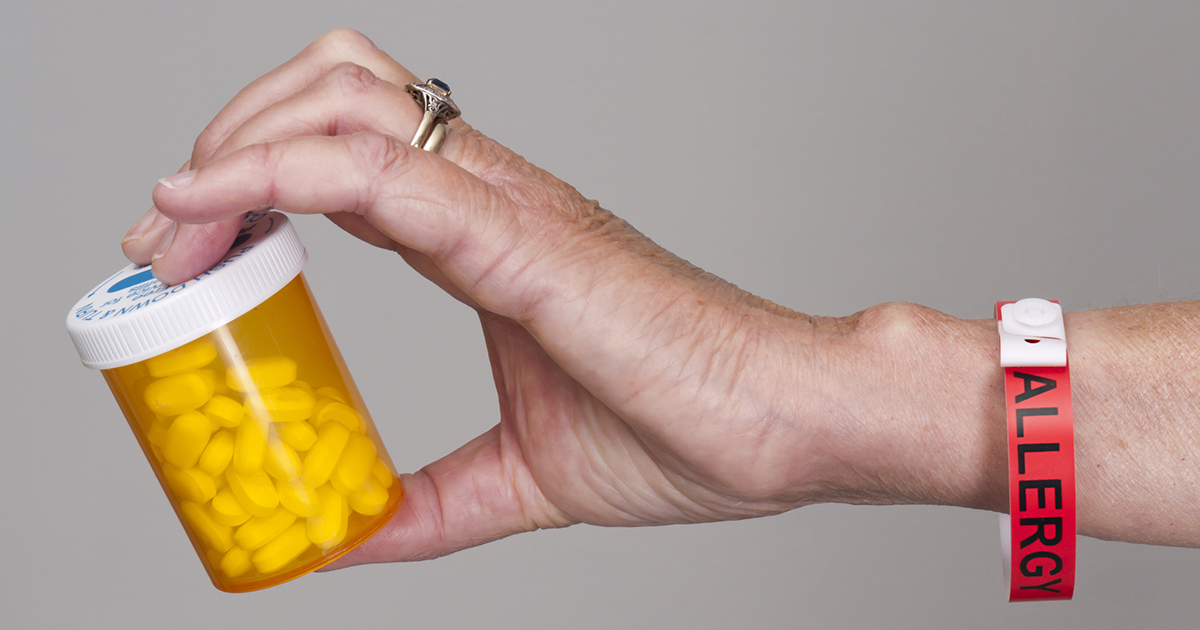Options For Treating Polymorphous Light Eruption
Polymorphous light eruption, colloquially known as 'sun poisoning' or 'sun allergy,' is a condition in which individuals who are sensitive to sunlight develop a rash following sun exposure. Doctors sometimes refer to this condition as polymorphic light eruption, and the rash it produces is typically red and bumpy. The bumps may be slightly elevated off of the skin's surface, and they may be itchy. The rash associated with this condition normally appears within thirty minutes of sun exposure, and patients experience more eruptions (rashes) in the spring and summer. To diagnose polymorphous light eruption, a physical examination may be all that is needed. Sometimes, clinicians may also order a skin biopsy, blood tests, or specialized light testing by a dermatologist to rule out similar skin conditions.
Normally, the rashes caused by this condition go away without treatment in around ten days, and scarring is rare. Some preventative treatments are available to reduce the risk of a rash, and treatment can also be beneficial for severe symptoms. It is important for patients who have had previous episodes of this condition to avoid the sun between the hours of 10 am and 2 pm, and they should wear long-sleeved clothing and a hat for additional sun protection. The use of a broad-spectrum sunscreen is essential.
The treatment options outlined below are commonly recommended for patients with polymorphous light eruption.
Take An Antihistamine

The first treatment recommendation for patients with polymorphous light eruption is generally to take an antihistamine, as they can effectively reduce itching. Both over-the-counter and prescription antihistamines are available, and specialists can recommend the most appropriate form of antihistamine for the patient's individual needs. Some antihistamines may cause drowsiness, and patients should also be aware of other potential side effects, including a dry mouth, nausea, dizziness, restlessness, confusion, and trouble with urination. If side effects occur, the doctor may be able to switch their patient to another type of antihistamine that causes fewer side effects.
Uncover more options for treating polymorphous light eruption effectively now.